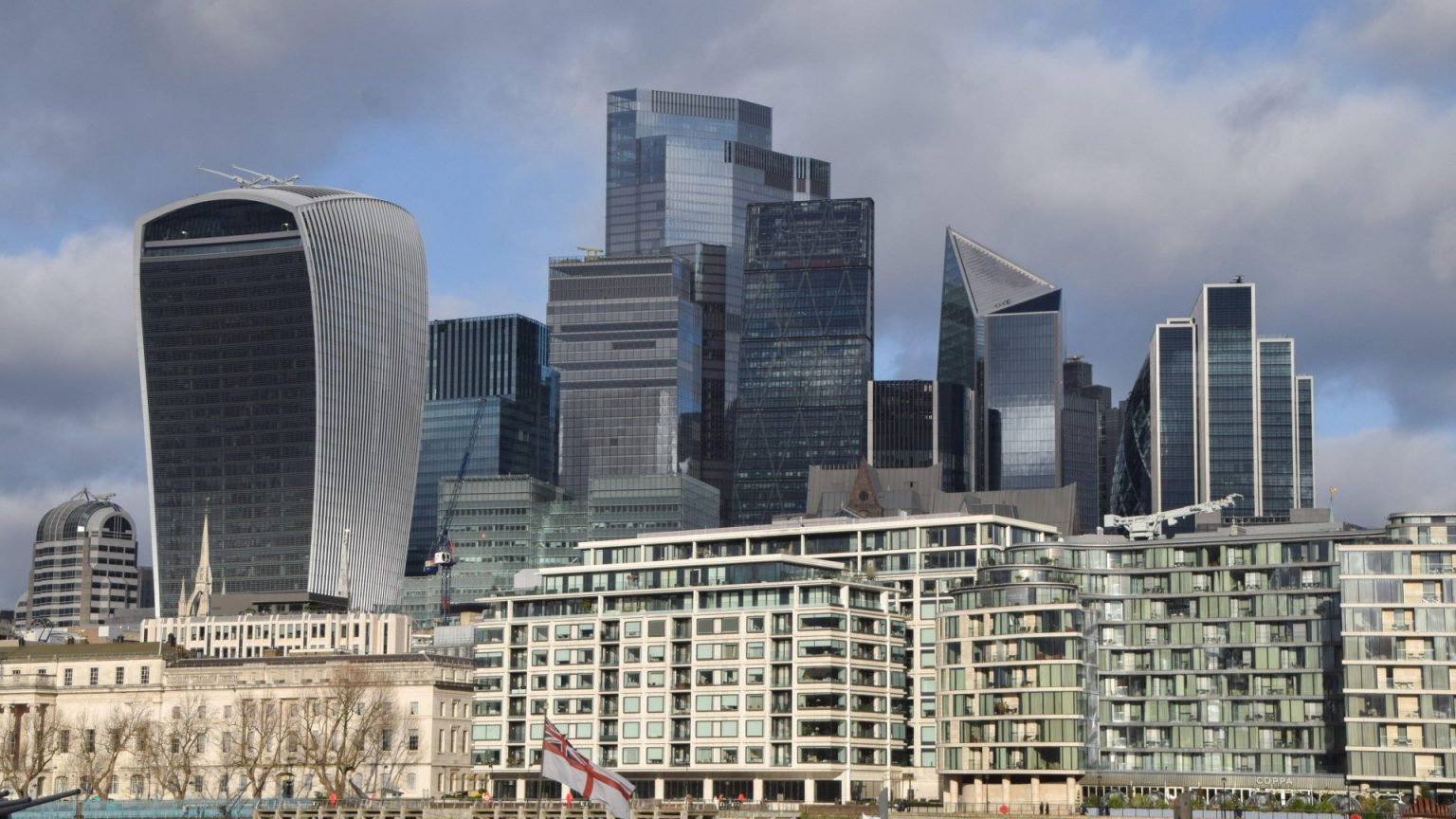The revelation that up to one in twelve London residents may be an illegal immigrant has ignited a firestorm of controversy. A report commissioned by Thames Water, obtained by the Telegraph through freedom of information laws, estimates that London houses approximately 585,000 individuals residing in the UK without legal authorization, representing 60% of the estimated one million illegal immigrants nationwide. This shocking figure has fueled concerns about the impact on public services, housing, and the overall demographic landscape of the capital. Prominent figures like Nigel Farage have seized upon the report to criticize political leaders, accusing them of facilitating irreversible changes to the city.
The primary pathway to illegal immigration, according to the report, appears to be overstaying legal visas. Many individuals initially enter the UK legitimately, through work, study, or visitor visas, but subsequently fail to depart when their authorized stay expires. This highlights a critical vulnerability in the immigration system, where monitoring and enforcement mechanisms seemingly struggle to effectively track and manage those who overstay. The report’s data, however, predominantly originates from 2017, predating the surge in small boat crossings across the English Channel, which began in earnest a year later. This raises the alarming possibility that the actual number of illegal immigrants in London and the UK is significantly higher than the reported estimates, considering the influx of over 150,000 individuals via this route since 2018.
The influx of migrants through small boat crossings continues unabated. Despite harsh winter conditions, over 1,000 individuals have already risked the perilous journey across the Channel from France in the current year. This persistent flow underscores the ongoing challenges faced by authorities in stemming illegal immigration. The situation has prompted calls for stronger action, particularly from opposition figures like Shadow Home Secretary Chris Philp, who advocates for increased deportations and stricter legislation to prevent individuals from exploiting legal loopholes related to human rights, modern slavery, and asylum claims to avoid removal.
The government maintains that it is actively addressing the issue. Home Secretary Yvette Cooper asserts that deportation efforts have been intensified since she assumed office in July, with the Home Office reporting the removal of 16,400 illegal immigrants in just six months, the highest figure in half a decade. This claim signals a commitment to enforcing immigration laws and returning those residing in the country illegally to their countries of origin. However, critics argue that these efforts are insufficient to address the scale of the problem, highlighted by the substantial number of illegal immigrants estimated to be residing in London alone.
The debate surrounding illegal immigration is highly charged and complex. The estimated figures raise serious concerns about the strain on public resources, the potential for exploitation, and the broader societal impact. While the government insists that progress is being made in tackling the issue, the persistent flow of migrants across the Channel and the substantial number of individuals believed to be overstaying their visas underscores the need for continued vigilance and potentially more robust measures. The effectiveness of current policies and enforcement mechanisms remains a subject of intense scrutiny.
The discrepancy between the government’s reported deportation figures and the estimated number of illegal immigrants residing in the UK suggests a significant gap in enforcement. This raises questions about the resources allocated to tracking and removing individuals who have overstayed their visas or entered the country illegally. Furthermore, the ongoing debate highlights the tension between enforcing immigration laws and upholding human rights, as concerns are raised about the potential for genuine asylum seekers and victims of modern slavery to be caught up in deportation efforts. The challenge for policymakers lies in striking a balance between effective border control and ensuring the protection of vulnerable individuals.











